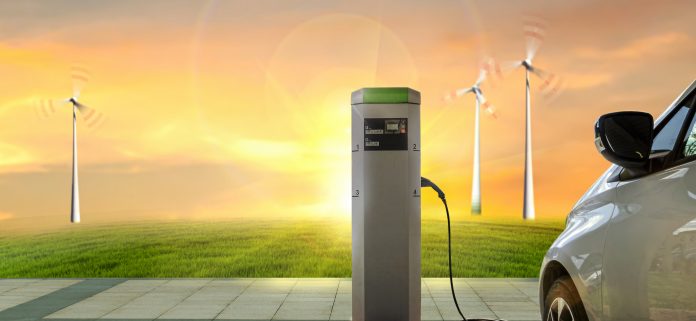
Electric vehicles (EVs) offer the promise of reduced environmental externalities relative to their gasoline counterparts. Of course, EVs will not overtake gas any time soon simply because they only make up one percent of the market. There is “punctuated equilibrium” in this space, meaning the growth of this market is not quite slow, but seems to run in fits and starts. While the future of EVs isn’t set in stone, analysis tells us that there are measures for manufacturers, municipalities, and dealerships to take to move towards a more EV-friendly culture.
Earlier this year, U.S. PIRG Education Fund, PennEnvironment Research and Policy Center and Frontier Group highlighted best practices to help local officials make their cities as EV-friendly as possible.
“Electric cars are leaving gas-guzzlers in the dust,” stated David Masur, Executive Director of PennEnvironment and a co-author of a report, “Plugging In.” “We have an opportunity to make a positive change after more than a century of vehicles spewing pollutants into the air. Local and state officials who want to plug into this opportunity need to commit to an EV-friendly infrastructure as smooth and fast as possible.”
The report states that, in order to promote the use of EVs, officials should implement residential access to on-street EV charging, access to public charging stations, and offer support for private investment in publicly-accessible stations. There should also be incentives for EV parking and charging. Manufacturers like VW are already on the bandwagon; through its Electrify America program, the purpose is to build a comprehensive electric vehicle (EV) charging network across the U.S., with stations no more than 120 miles apart.
Here’s what else we know about EVs and what the future holds:
+ GM announced that it is headed toward all-electric in the distant future.
+ Dyson has entered the market in building electric cars.
+ China and India will offer incentives for EV to combat air pollution, and that will lower EV price worldwide.
+ We are right near tipping point, where EV cars are within $3,000 of gas cars of comparable features, and can go 200 miles per charge. Once this is surpassed without tax credit, we will tend towards EV exponentially.
While technology is moving us forward and fast with alternative powered vehicles, sales still speak volumes for the gas-powered vehicle. In fact, at the end of 2017, truck and SUV sales were up, with the Toyota RAV4 outselling Camry. Ford Motor Company said the sales of the manufacturer’s trucks and SUVs were up for the first half of 2017. GM benefited from its crossovers and SUVs that buoyed sales to 1.9 percent above their March 2016 levels.
“While an increase in green vehicle sales is positive for California and our environmental goals, the reality is consumers still largely prefer gasoline powered vehicles,” said California New Car Dealers Association Chairperson, Taz Harvey of Dublin Mazda, in a press statement earlier this year. “Issues like convenience, affordability, range and choice are all significant factors.”












